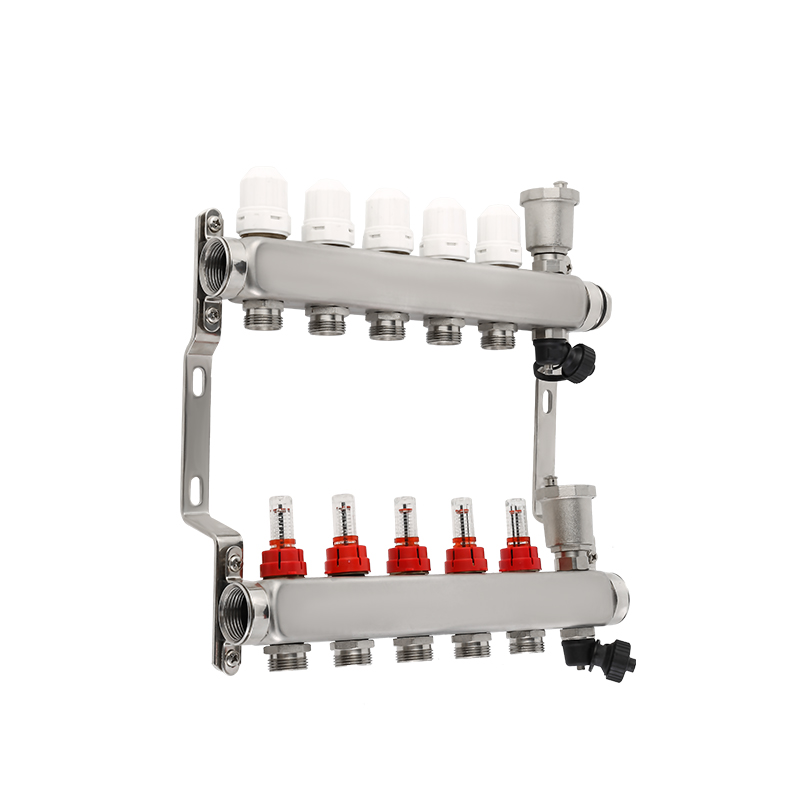Several states have recently passed legislation that reduces the amount of lead allowed in plumbing fixtures. While this legislation does not directly impact the amount of lead that is leached into drinking water, it is important to know what lead-free faucets can actually contain.
In California, faucets sold after January 4, 2014, must contain less than 0.25 percent lead. These faucets must also be advertised as lead free.
In Vermont, the state legislature passed a bill, S152, that mirrors California's Assembly Bill 1953. This bill was signed into law on September 30, 2006. This legislation is focused on the amount of lead used in faucet manufacture.
While this legislation does not directly impact the amount lead that is leached into drinking water, the legislation does make it easier to identify lead-free faucets. It also allows child care facilities to purchase lead-free faucets.
The United States Environmental Protection Agency regulates lead in drinking water. It defines lead free as having less than 8% lead. In order for a product to meet this standard, it must be certified to the NSF/ANSI 61 standard.
While the federal regulations do not cover faucets used in bathtubs, the FDA has established water quality requirements for public water supplies. This allows residents to replace older faucets with ultra-low lead faucets.
Plumbing manufacturers are also able to work to lower lead levels in their products. Some manufactures apply special coatings to faucets, and others insert copper tubes inside brass faucets. This helps improve the reliability of valves.

 English
English Español
Español русский
русский Deutsch
Deutsch










